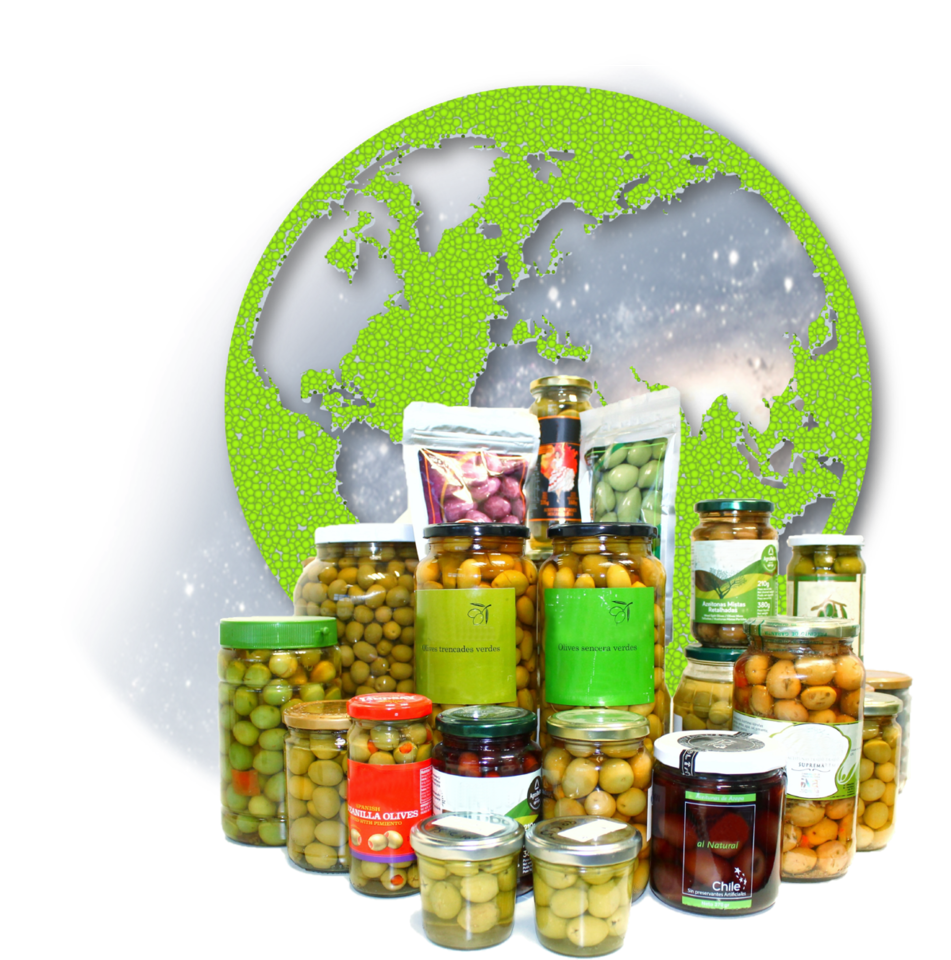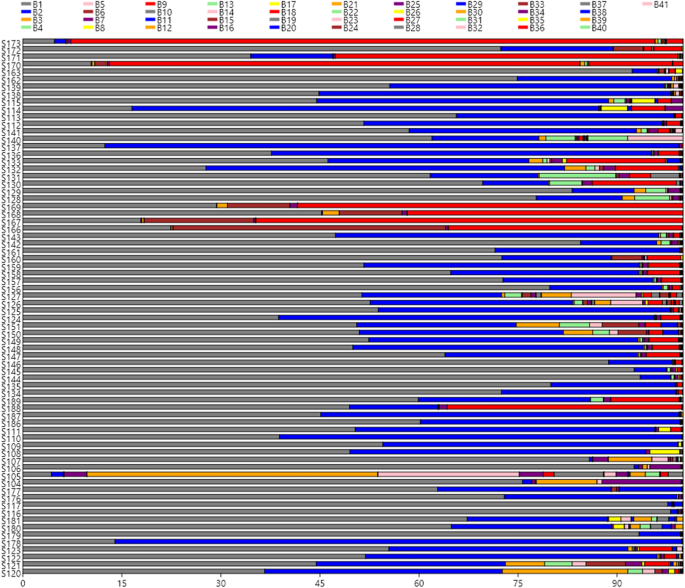A trip to the bacterial microcosm of table olives
Published in Microbiology

Travel destination
Table olives are one of the most ancient and important fermented vegetables in the world, especially in the Mediterranean basin. Olives have a bitter compound (oleuropein), so they cannot be consumed directly from the tree. This way, we can find different forms of elaboration spread throughout the world, intending to reduce bitterness. Albeit this ready-to-eat food has a long story of food safety, no global studies have been performed to assess their sanitary and hygienic status. So, we decide to travel to the bacterial microcosm of table olives, first, to know the native microbial population adhered to olive epidermis forming biofilms, and second, with this information, to create a kind of database which we would later use to assign new samples depending on the type of elaboration, variety of olives, packaging material, etc.
Conveyance
To expand our knowledge of the bacterial microcosm of table olives, first, we must travel into its world. As a mean of transport, we decided to use the next-generation sequencing techniques (NGS) and new statistical approaches (CoDa). Obviously, a journey to a new destination must be very well planned. A particular challenge was the selection and collection of samples throughout the world. Connection with enterprises and colleagues in different countries facilitated this work, as well as the shipment of samples in a short period (less than 1 month). Initially, we had a total of 84 samples that travelled around the world to our laboratory at Instituto de la Grasa (Seville, Spain). However, 2 samples from Egypt and 2 from Tunisia arrived deteriorated or without information from the checklist that was required, while another 10 were discarded due to lack of quality during the sequencing process. Finally, 72 samples were included in the study. It is paradoxical how we had started the journey towards the bacterial microcosm of table olives while at the same time the packaged were travelling towards us.
Experience
Our trip was not exempt from difficulties but gave us valuable information and a great reward. Results showed the dominance of fermentative lactic acid bacteria (Lactobacillus and Pediococcus) in olive biofilms, turning this fermented vegetable in a splendid carrier of beneficial microorganisms to consumers. At the same time, the study allowed to identify diverse bacteria species which could be used as potential biomarkers of the safety and hygienic status of final products. However, new travels to this exciting world will be necessary to obtain information about the microbial activity of all these microorganisms in olive packaging.
Read the full paper here: https://www.nature.com/articles/s41598-020-68305-7
Follow the Topic
-
Scientific Reports

An open access journal publishing original research from across all areas of the natural sciences, psychology, medicine and engineering.
Related Collections
With Collections, you can get published faster and increase your visibility.
Obesity
Publishing Model: Hybrid
Deadline: Apr 24, 2026
Reproductive Health
Publishing Model: Hybrid
Deadline: Mar 30, 2026




Please sign in or register for FREE
If you are a registered user on Research Communities by Springer Nature, please sign in